Featured
- Reset filters
- 413 results
- (-) UN-HABITAT
- (-) Publication or report
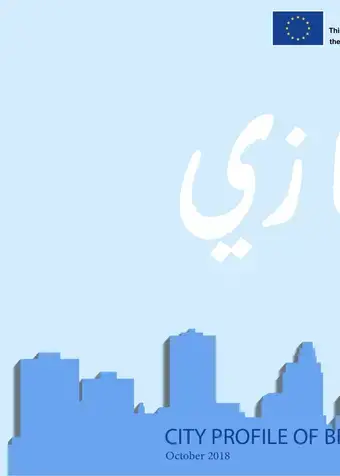
Urban Profile
Rapid City Profile Benghazi
2018
The report consists of a multi-sectoral tool providing a detailed assessment of the urban functionality and services, and the population dynamics with a focus on the conflict implications in terms of demographic changes, infrastructure damage, socio-economic landscape and coping mechanisms adopted by the population.
Read now
Learn more
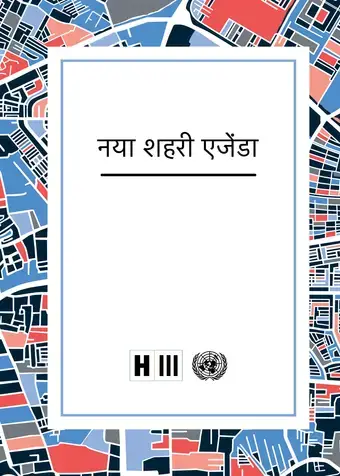
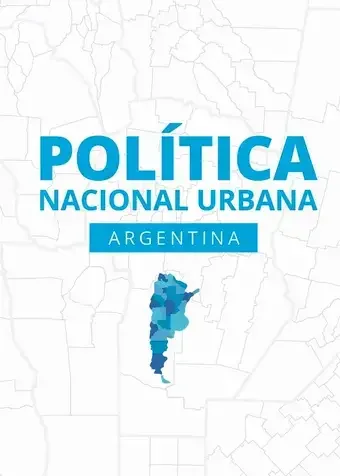
Policy and Strategy
Política Nacional Urbana Argentina
2018
The National Urban Policy (NUP) is a tool that allows national governments to guide the urbanization process as well as a guiding tool that provides a clear and coordinated view of the directions to be taken by public policies on the territorial development of cities, enabling greater and better vertical and horizontal coordination.
Read now
Learn more
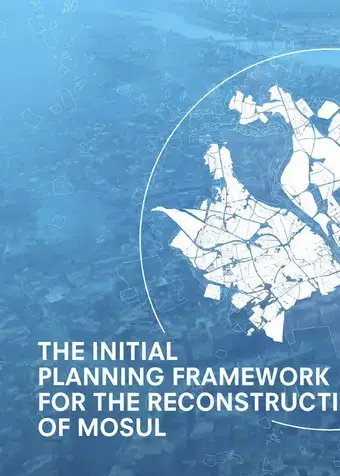
Policy and Strategy
The Initial Planning Framework for the Reconstruction of Mosul
2018
The Initial Planning Framework for the Reconstruction of Mosul was developed jointly with UNESCO. It provides an analysis of the current reconstruction and recovery activities in Mosul and highlights emerging needs for the urban recovery and medium-term development of the city. It also proposes an action framework to address immediate, short- and medium-term reconstruction needs.
Read now
Learn more
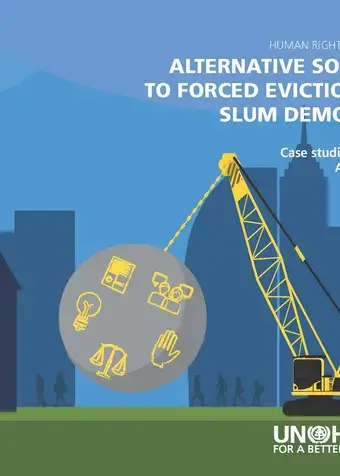
Technical Report
Alternative solutions to Forced Evictions and slum demolitions
2018
Globally, poverty in urban areas is evident in the proliferation of slums and informal settlements. In 2001, 47% of the world’s population lived in urban areas, and it was expected that the number would reach over 56% within the next two decades,1 with a billion-people living in a slum.2 Moreover, at least 2 million people in the world are forcibly evicted every year, while millions are threatened with forced evictions. These issues continue to persist despite the fact that the right to…
Read now
Learn more
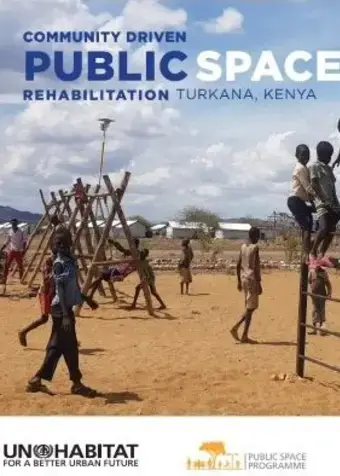
Technical Report
Community Driven Public Space Rehabilitation in Turkana, Kenya
2017
UN-Habitat’s Public Space Programme has been supporting the engagement of communities internationally in revitalizing their neighborhoods through public space designs, such as the creation of court yards, streets and shared facilities etc. Participants are taught in an engaging and creative way on how to visualize the potentials of public spaces within their neighborhoods. Not only can this provide for better management of public spaces within the Kalobeyei New Settlement or Kalobeyei Town, in…
Read now
Learn more
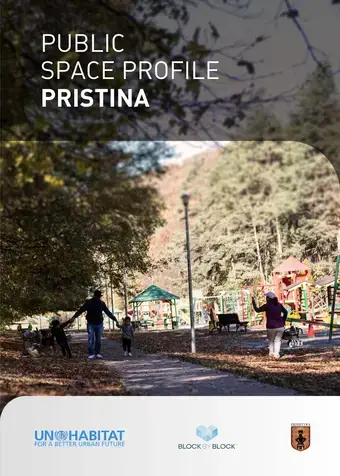
Urban Profile
Public Space Profile Pristina
2017
The Public Space Profile forms a policy driven overview of the current practice of public spacedevelopment and management in the Municipality of Pristina as well as a profiling of the publicspace supply and quality at the city scale.
Read now
Learn more
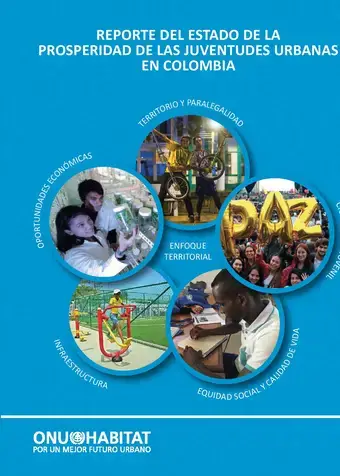
Technical Report
State of Prosperity Report of Urban Youth in Colombia (in Spanish)
2017
This report is a photograph of the socio-economic situation of young people in the cities of Colombia. It serves as an input for the discussion, analysis and reflection, about public policies focused on this population.
Read now
Learn more
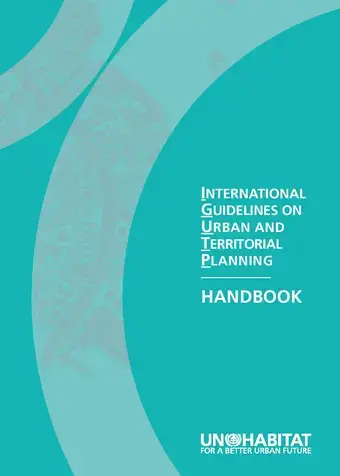
Technical Report
Implementing the IG-UTP 2015 – 2017
2017
The report provides the Governing Council with an overview of UN-Habitat’s progress during the period 2015 – 2017. The information presented builds upon UN-Habitat’s perspective throughout this process and the accounts of member States and IG-UTP partners in adopting and using the Guidelines within their specific contexts.
Read now
Learn more